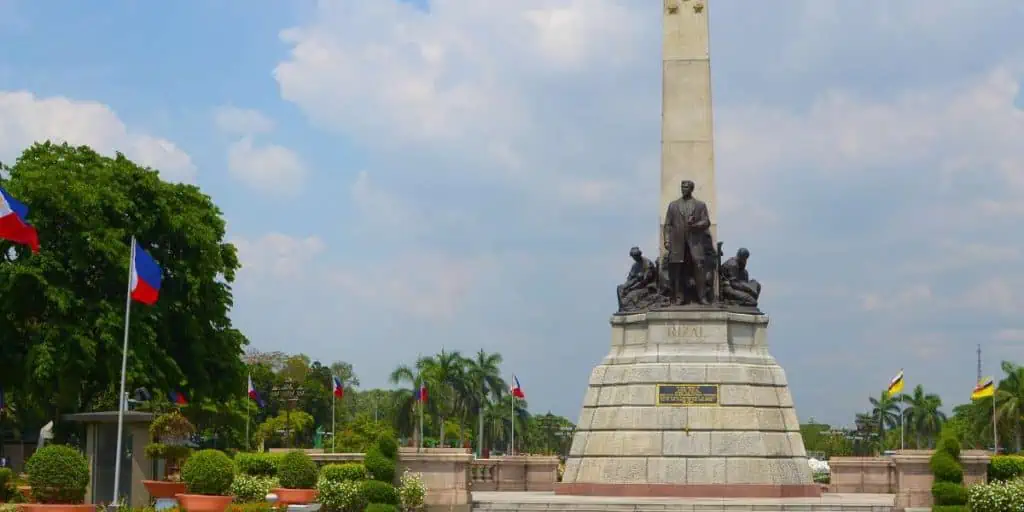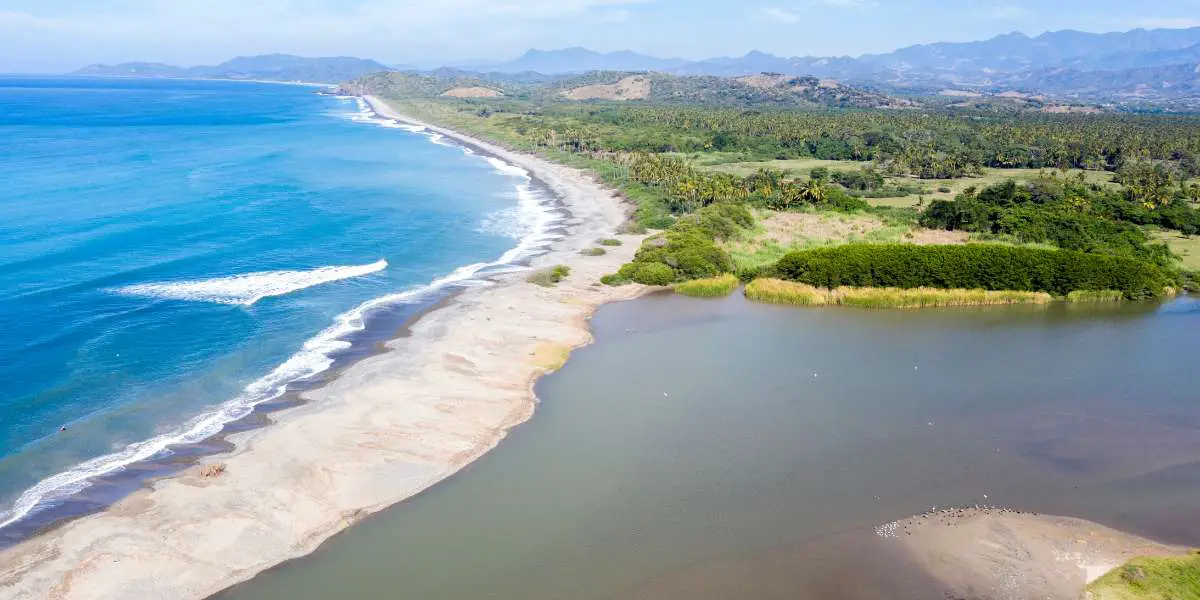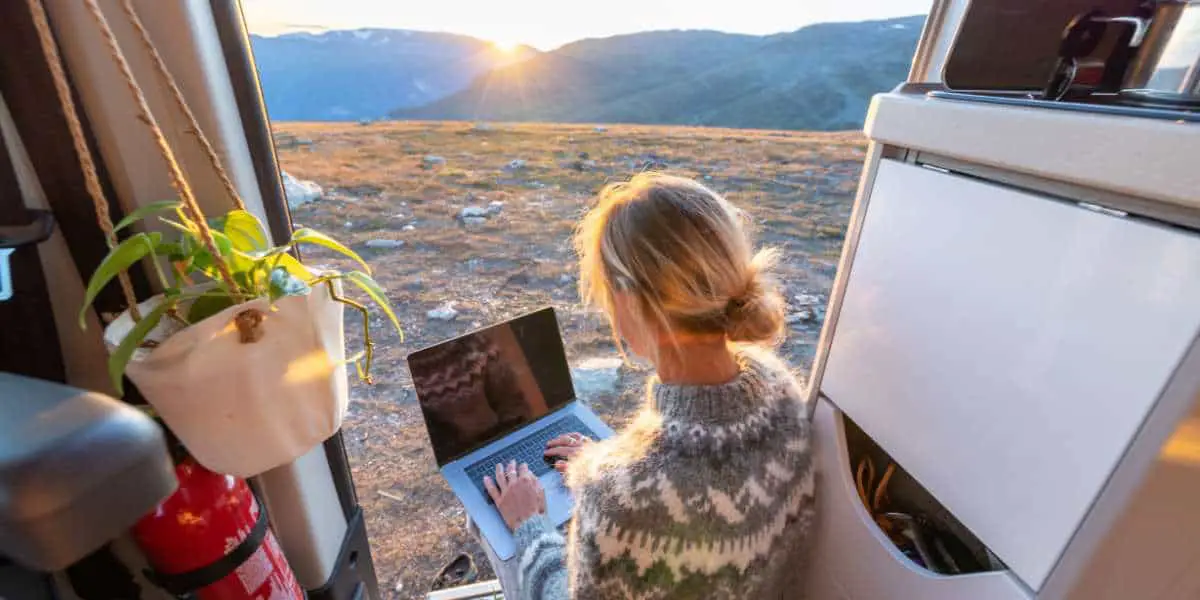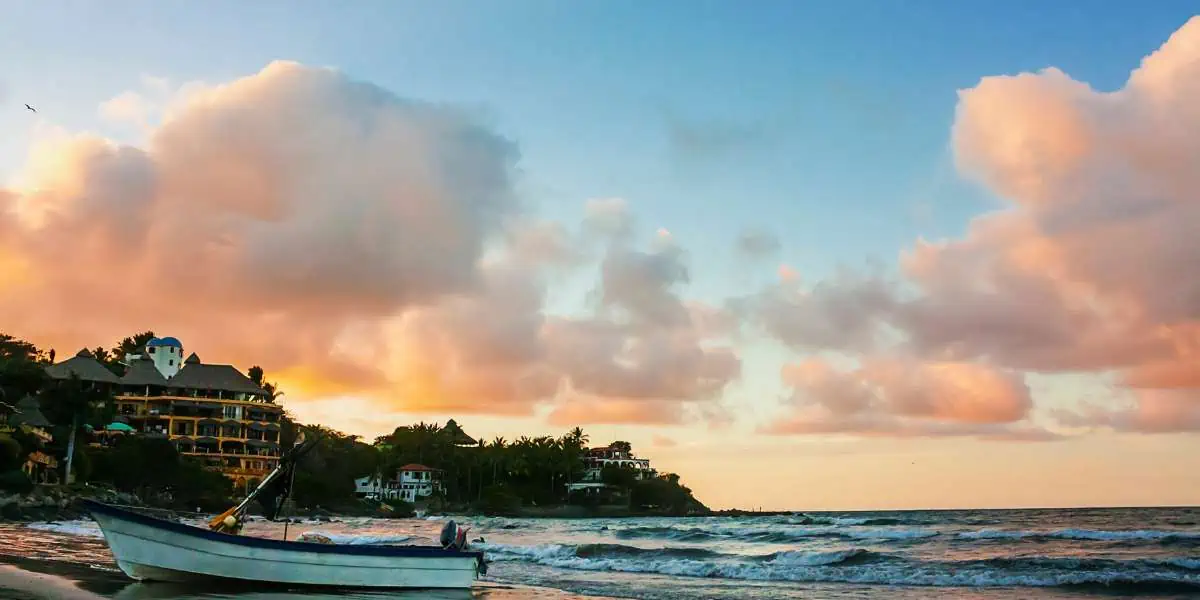The vibrant city of Manila has emerged as an under-the-radar hub for digital nomads in recent years. As the Philippines’ bustling capital, Manila offers an appealing blend of modern conveniences, rich cultural heritage, and the welcoming spirit of the Filipino people.
For location-independent professionals seeking new horizons, Manila provides a tropical playground where affordable living, strong digital infrastructure, and endless opportunities for adventure converge. Yet beyond the Instagrammable sunsets and trendy coffee shops lurk challenges that can trip up the unprepared.
By crossing the bridge between Manila’s alluring magic and practical realities, digital nomads can unlock uniquely rewarding experiences in this dynamic Southeast Asian crossroads.
The Allure of Manila for Digital Nomads
From its iconic Intramuros district where Spanish colonial influences meet modern skyscrapers, Manila dazzles with its fusion of new and old worlds. The metro area compromises 16 diverse cities, each with its own unique identity and allure for digital nomads.
Thriving Startup Culture
Manila has nurtured a thriving startup ecosystem, with coworking spaces, incubators, and accelerators propelling innovative ventures. Spaces like Ascent Hub, Ideaspace, and QBO connect entrepreneurs, creatives, and digital nomads through networking events, workshops, and collaboration opportunities. Major tech conferences like PH Startup Week showcase the city’s cutting-edge potential.
| Coworking Space | Address |
|---|---|
| Ascent Hub | 7836 Makati Ave, Poblacion, Makati |
| Ideaspace | 5/F De La Rosa St. Corner Esteban St., Legaspi Village, Makati |
| QBO | G/F De La Rosa St, Legaspi Village, Makati |
These innovation hubs facilitate the transfer of knowledge while giving nomads an instant community tapped into the local business scene.
Diverse, Artsy Neighborhoods
From edgy Poblacion with its trendy café culture to quiet university pocket Katipunan flush with leafy open spaces, Manila has diverse districts to match any vibe. Intramuros transports you to Spanish colonial times, while Makati and Bonifacio Global City (BGC) pulse as cosmopolitan central business districts with world-class malls, restaurants and nightlife.
Art bohemians flock to Cubao for the gallery hopping, indie music venues, and late-night street food stalls. Further afield, touristy Old Manila charms with its vintage architecture and museums as the historic heart of the metropolis.
With each neighborhood flaunting its own allure, digital nomads can cherry pick the vibes matching their lifestyle needs.
| Neighborhood | Character Highlights |
|---|---|
| Makati | High-end retail shops, luxury hotels, international food |
| Bonifacio Global City (BGC) | Upscale bars/clubs, green spaces, contemporary art |
| Poblacion | Trendy 3rd wave cafes, boutique shops, galleries |
| Cubao/Araneta City | Street art/graffiti, indie music venues, nerd culture |
| Intramuros | Spanish colonial architecture, historical sites |
| Katipunan | Leading universities, student eateries, startups |
This rich diversity packed within a condensed metro makes it easy to change up scenery when craving new inspiration.
Practical Considerations for Digital Nomads
While the magic of Manila pulls you in quickly, managing practical needs takes some navigating for foreigners. Getting set up with reliable WiFi, cost-friendly housing, and proper visas makes enjoying all Manila offers much smoother.
Securing Reliable Internet Connectivity
As a digital nomad hub, Manila offers WiFi speeds sufficient for surfing, online calls, and usual work needs across most areas. Coworking spaces provide guaranteed business-grade connections, while popular nomad cafes like Finders Keepers or Cafe ChaCha offer free high-speed WiFi for customers.
For housing needs, areas like Makati and BGC offer residential internet packages from professional providers, with typical speeds around 10-15 Mbps. Rates range ₱1500-3000 ($25-$55 USD) per month depending on speed. Keys when arranging home internet are confirming no data caps which can limit bandwidth and researching reputable companies noted locally for reliable infrastructure versus just marketing hype.
| Provider | Typical Speed | Data Cap? |
|---|---|---|
| PLDT | 10 Mbps | 1 TB/mo cap |
| Converge | 25 Mbps | No data cap |
| Globe Telecom | 15 Mbps | 800 GB/mo cap |
Coworking spaces offer reliable backup connectivity options for around ₱500-1500 ($10-$30 USD) per day in case home networks have issues.
Cost of Living Considerations
Overall Manila offers an affordable cost of living compared to other modern Asian capital cities. Sensible housing choices bring living costs for bare essentials under $1000 USD per month. Neighborhoods popular among digital nomads include:
- Makati: High-end area with plenty of Nomad-friendly cafes and coworking spaces. Budget studio apartments average $500+ USD.
- Parañaque: Affordable residential area near airport. Basic rooms around $350 USD.
- Quezon City: Huge diversity of housing options for mid-range budgets.
- Poblacion: Trendy mixed-use district good for nightlife. Small rooms around $400 USD.
Dining and entertainment tempt budgets in Manila. Street food like adobo, lumpia, or halo-halo can be found for $2-5 USD per meal,
while restaurant dishes generally run $5-15 USD. Nightlife at hip clubs/bars in Poblacion or BGC costs $5-15 USD per cocktail.
Getting around via Uber/Grab rideshare or public jeepney buses is extremely affordable, with most trips costing $2-8 USD depending on distance.
Obtaining Long-Term Visas
Unlike neighboring countries, the Philippines currently does not offer dedicated digital nomad visas. Most remote workers enter on tourist visas, which allow staying 30-59 days depending on nationality. Extensions up to 36 months are possible by exiting and re-entering the country.
Some digital nomads pursue work visas if taking local Filipino clients or teaching English online. Common work visa options include:
- 9G Visa: For foreign professionals employed by Philippine companies or enterprises.
- Special Work Permit: For foreigners doing short-term contract work with local companies.
The Philippines Retirement Visa allows staying 1-3 years provided meeting minimum monthly income/deposit requirements.
No matter the visa type, securing residency permits and reporting to immigration officials every year keeps your status compliant. Hiring an immigration consultant can help navigate regulations.

Beyond practical factors, embracing Manila’s cultural vibrancy is key to an enriching experience as a digital nomad. From its signature cuisine to captivating heritage sites, this Asian crossroads offers nomads ample ways to plunge into local life.
Feast on Iconic Filipino Cuisine
Filipino food satisfies with bright, bold Asian and Spanish-influenced flavors. Favorite staples like lumpia (spring rolls), adobo braised meat, crispy lechon pork belly, and ube purple yam treats can be found everywhere from humble corner eateries to fine dining establishments.
Don’t miss trying local exotic fruits too – from refreshing calamansi juice to sweet mangoes, Manila overflows with tropical produce year-round. Upscale restaurants like Lusso in Greenbelt or Toyo Eatery in Poblacion elevate traditional dishes with gourmet flair, while chains like Jollibee satisfy fast food cravings on a budget.
| Iconic Filipino Dishes | Description |
|---|---|
| Lumpia | Crispy vegetable/meat spring rolls |
| Kare-Kare | Savory oxtail & veggie peanut stew |
| Sinigang | Sour tamarind soup with meat & vegetables |
| Lechon | Slow-roasted suckling pig, crispy skin |
| Adobo | Chicken, pork braised in garlic, soy vinegar |
| Halo-Halo | Colorful shaved ice dessert with fruits/beans |
Tagaytay Market offers an immersive foodie experience browsing fresh seafood, produce, and cooked specialties – paired perfectly with jaw-dropping views of Taal Volcano and lake. For a crash course in Filipino cooking, enroll in hands-on classes at holes-in-the-wall like Little Quiapo or chef-led establishments like Hossein’s Palate.
Immerse in Intramuros Heritage
No visit to Manila is complete without exploring Intramuros’ cobblestone streets for a glimpse into the Philippines’ Spanish colonial past. This walled district transports you centuries back in time, with ancient sites like Fort Santiago, Casa Manila house museum, and the iconic Manila Cathedral.
Intramuros Administration offers free walking tours, while companies like Old Manila Walks provide in-depth excursions navigating the area’s hidden backstreets. Come during the colorful Intramuros Grand Marian Procession each December to see the district truly come alive celebrating Filipino Catholic traditions.
Embrace the Vibrant Festivity
Manila celebrates year-round through vibrant festivals fusing history, faith, and over-the-top spectacle. Events like the giant Ati-Atihan costumed street party each January offer unforgettable energy and photo ops. Sinulog, Dinagyang, and the floral Panagbenga Festival similarly immerse visitors in the incredible pageantry and spirit Filipino fiestas are adored for.
Even outside official celebrations, impromptu parades mark occasions from cityhood days to saints feast days in quintessentially Filipino fashion. Soak up the fireworks, feast on grilled street food, and sway along with locals – embracing Manila’s festivals lets digital nomads experience what makes this culture pulse with passion.
Embracing the Filipino Spirit
Beyond the Instagrammable sights, Manila’s biggest asset is its people. Filipinos are renowned worldwide for warmth, hospitality, and going the extra mile ensuring visitors feel like family. Locals take genuine interest getting to know foreigners with thoughtful questions and conversation.
Simple etiquette gestures like smiling, saying “Thank you po” in Tagalog, and tolerating good-natured teasing opens doors to meaningful interactions. Respecting cultural norms like conservative dress or taboos helps digital nomads avoid faux pas.
While English is widely spoken across metro Manila, learning basic Tagalog phrases enhances interactions exponentially. Apps like Drops Language make pick up key vocabulary and conversational skill manageable.
Green Spaces for Sanctuary
Beyond the buzzing urban energy, Manila offers sanctuaries where digital nomads can decompress and recharge. Sprawling parks like Rizal Park, Ayala Triangle Gardens, and Ninoy Aquino Parks and Wildlife offer open green spaces to escape concrete jungles.
Further out, tropical islands like Corregidor or nature getaways like Tagaytay eco-resorts replenish creative reserves when you need a digital detox. Scheduling even micro-adventures exploring Manila’s abundant nature provides the perfect counterbalance to big city living.
The Magic of Manila Awaits
While navigating practicalities and cultural nuances takes some adjustment, Manila rewards digital nomads who dive into its colorful chaos with an open mind and sense of adventure. Behind the Instagram highlights lies a vibrant capital where innovation thrives, cultures collide, and passionate locals welcome strangers as friends.
The challenges Manila poses sparks personal growth, while the kindness its people radiate renews faith in human connections. For digital nomads seeking experiences over bucket lists, Manila offers an accessible corner of Southeast Asia brimming with promise at the right pace.
So pack your bags, secure that visa, and prepare to embrace Manila magic. #ManilaLife is calling.




